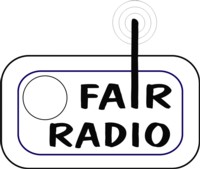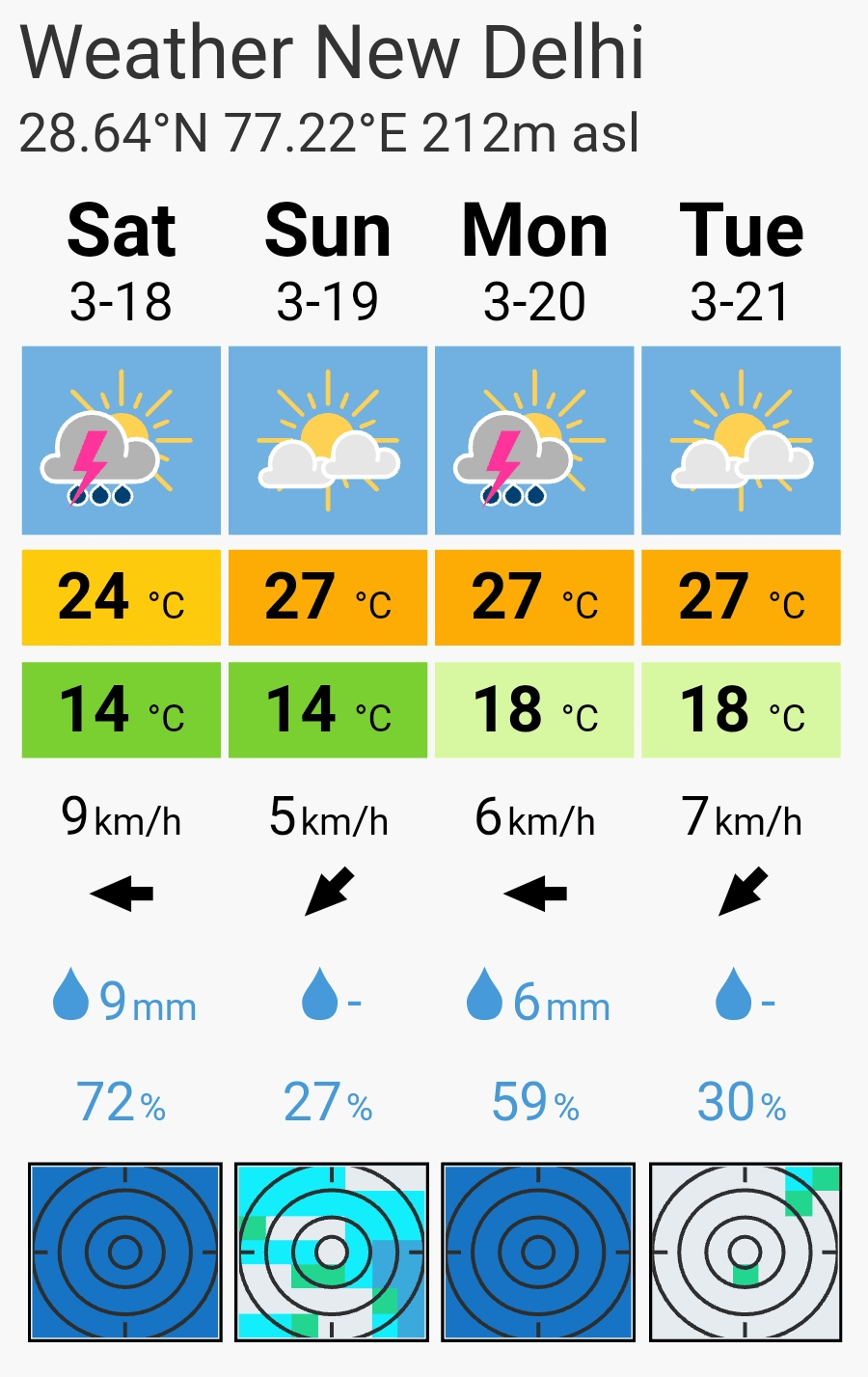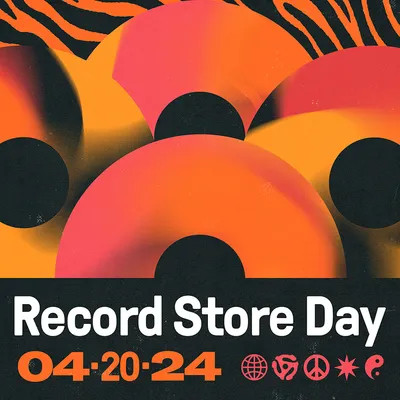Raga CDs of the months (02/10): Grama – Music Scales of the Ancient India
Posted by ElJay Arem (IMC OnAir) on February 9, 2010
The promotion initiative IMC – India meets Classic presents in its February show ‘Raga CD of the months’ the new topic „Grama – music scales of the ancient India “.
|
– Ragamala painting – |
. . . .The ancient Raga-Ragini system (16th century) existed of 132 raga scales, with six male Ragas:Bhairav, Deepak, Malkauns, Hindol, Shree and Megh.Each male raga is linked with 5 female ragas (Ragini-s).Each Raga-Ragini group has eight children (raga Putras (boys) and raga Vadhus (girls)). |
|
Indian Rajput Miniature art painting (Mewar style) – Water color with Pure gold on cotton canvass (picture source: © Art of Legend India) |
The seven main notes (or Swars) that are well-known today for the Raga scales in Indian classics of North and South India are: Sa (Shadaja), Re (Rishabh), Ga (Gandhara), Ma (Madhyama), Pa (Pancham), Dha (Dhaivat) and Ni (Nishad).
dates of broadcasting…
16th February 2010 – 09:00 p.m. (METZ)
broadcasting plan | streaming (Internet Radio & Mobile Radio) | podCast
Shadaja, Madhyama and Gandhar Gramas
The origin of the Ragas and it’s microtonal structure (22 shruti-s) can be dated back to the scripts of the ancient India and the Vedas (600-500 BC).
In the Natya Sastra, a musical treatise about the performing arts (theatres, dance and music) written by the Indian musicologist and sage Bharata Muni we find first references with two basic types of scales (grama-s) to which all Ragas of today can be referenced: Shadja Grama and Madhyama Grama.
Extended Helmholtz-Ellis Ji Pitch Notation *
The accomplishment of the Natya Sastra is dated approximately between 200 BC and 200 AC. By its fundamental treatise of performing Indian arts till nowadays it is called the 5th Vedic book (Veda in Sanskrit means ‘knowledge’). Bharata Muni referred herefore to the Ghandarvaveda, a treatise about music, dance and theatre as part of the Upaveda, the technical manual of the Samaveda. This collection of hymnes is the 2nd book of the Hindu scripts and part of the 1st 4 Vedic books. 75 of the melodies (samagana) in the Samaveda derivate from the Rigveda, same a collection of hymnes sung by the priests of Vedic religion for praising different deities. The Rigveda is dated aproximately between 1700-1100 BC.
___________________________
*) Notation in ‘The Extended Helmholtz-Ellis Ji Pitch Notation’ (Wolfang v. Schweinitz – 16.02.2007) /
microtonal accidentals designed by Marc Sabat & Wolfgang von Schweinitz (2004/2005) / Just Intonation (JI) of Indian Scales (@ Wikipedia)












Playlists 2010… « IMC – India meets Classic presents … said
[…] Month: Mangala Snaanam – Mangala Isai 55th show (02/16/10) – Raga CDs of the Month: GRAMA-S… Scales of ancient India 56th show (03/16/10) – Raga CDs of the Month: Music and Language (part 1 of 2) 57th show […]
LikeLike